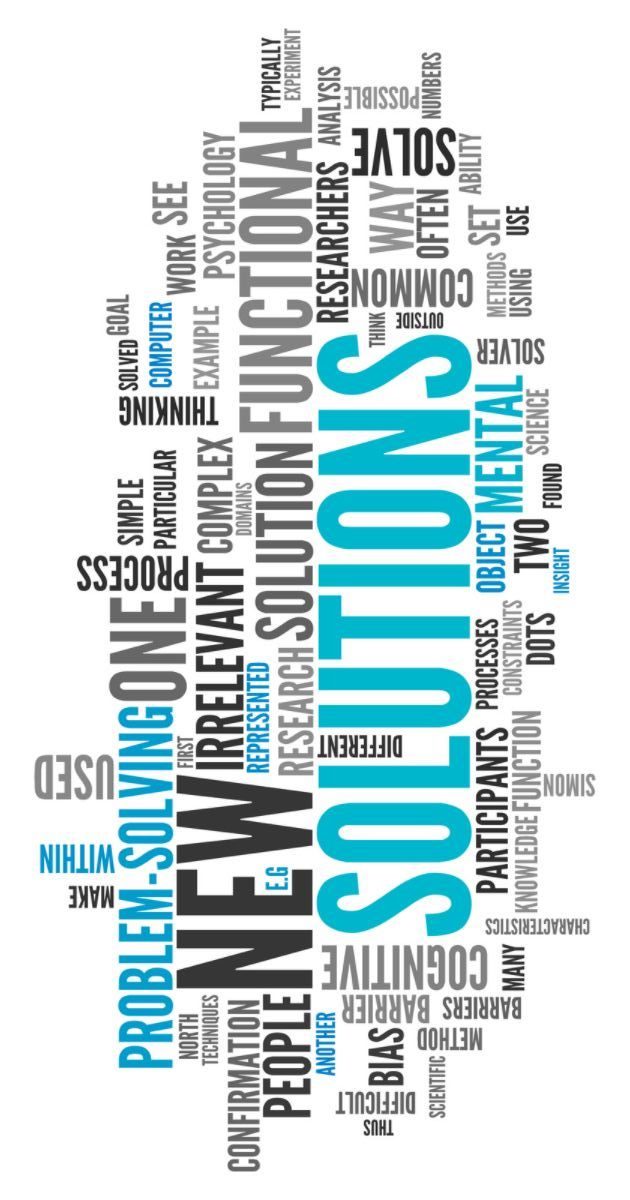A simple language technique to have your message received in a non-challenging way…
The language of ‘feeling’ in your requests
Almost every day we need to express our needs to someone either as a request for action or behavioral change. A simple example from home might be, “This is the third time I have had to ask you to empty the rubbish when it is full – Can you please start doing it so that I don’t have to deal with a full bin every time I go to the kitchen.”
At work it might be, “I really need you to keep your CRM records up to date because I can’t see what is going on and neither can senior management.”
When stated as above, the recipient has a sub-conscious narrative that many of us are not aware of. We discuss it in many of our trainings as follows:

Firstly, the content is stated as above, and then subconsciously the listener is determining:
“Does the speaker think that I am a competent person?”
“Do they think that I am a good person (good intentions/trying my best etc)”
“Does this person care for and respect me?”
By using direct and less thoughtful language as above, you can see how one of these identity-based questions could be the cause of feeling undermined. If I want someone to receive a request in a way that is well received and more likely acted upon, then simply inserting emotional expression (a key EQ competency) into my language will be far more effective.
Let’s try these two again:
“When I find a full rubbish bin that has been left by you, it makes me feel sad because it seems like you are not interested in supporting me as an equal member of this household. If you were to empty the rubbish when it is is full, it would remind me that you love me and I would feel supported and cared for.”
AT WORK:
“I am worried for you because it would seem that keeping your CRM up to date is not consistent, which is causing me concern that upper management is going to mistake this for a sense of lack of detail orientation. I value you as a team member and am anxious that you are becoming overwhelmed with the workload, or that perhaps there is something else going on. Can you help me allay my fears?“
This simple injection of emotional expression takes a lot of the sting out of a more straightforward style of language and will build stronger bonds vs the potential weakening if the message is not well received. People are more cooperative and receptive when they understand your underlying feeling and motivations. There is for certain the opportunity for all of us to mistake intent for impact – Words matter and if you want to be a more skillful coach, team member, or even partner, then having the ability to express your needs in the language of emotion is a great competency to develop.
Perhaps the easiest way to get started is to try it in email or Slack messages by inserting some feeling into your message. The first time I saw this done was in a kind of group hypnosis where a teacher in a class of 5-year-olds said “Oooh, I really like the way that Sarah is sitting up straight and quietly – This makes me so happy.” Instantly, all the other kids mimicked Sarah, seeking the same level of approval – Proving they were:
– Competent
– Good people, doing their best
– Worthy of care and respect
I am not sure this would have worked out so well with a class full of 14-year-olds, but hey, nothing is perfect.
Have a great week and please keep doing what you can in practical support of the people of Ukraine and the anti-war Russian voices that are being suppressed.
P.S. We are now certified in delivering Emotional Intelligence Assessments and providing development coaching for in-house management groups. If you are interested (min 12 people, max 50), then flick me a note back by replying to this email.



